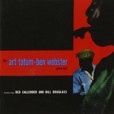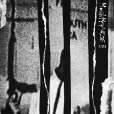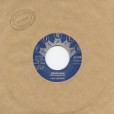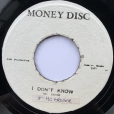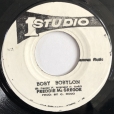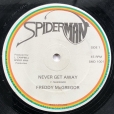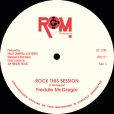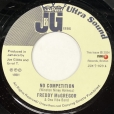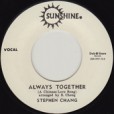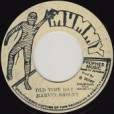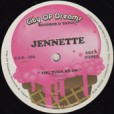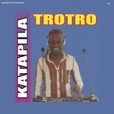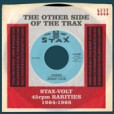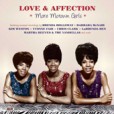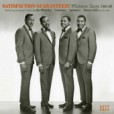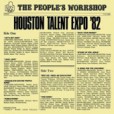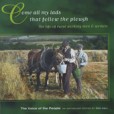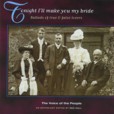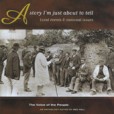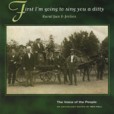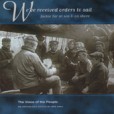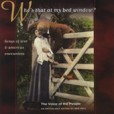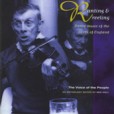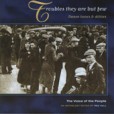Your basket is empty

Stupendous rendition of a Chinese folk song over red-hot rocksteady, produced by Ronnie Narsalla in 1967. Aimed at the Chinese community in Kingston; super-rare ever since.
Pure worries. The guaranteed musical detonation of any kind of dance or party.
Cheng, evidently, not Chang. Essential reading, here.
Utterly infectious, bubbling, spare, playful house music from Ghana, steeped in neo-traditional idioms like gome and kpanlogo, as much as vintage Chicago acid and UK rave, highlife and hiplife, soca and dancehall. (As well as Accra pop radio stars like Crystal Waters, Inner Life and Rick Astley.) Over bass-heavy, percussive rhythms, Trotro sings, chants and raps in Twi and Ga, often like no one is listening. It’s impossible not to answer back.
Terrific, refreshing stuff.
